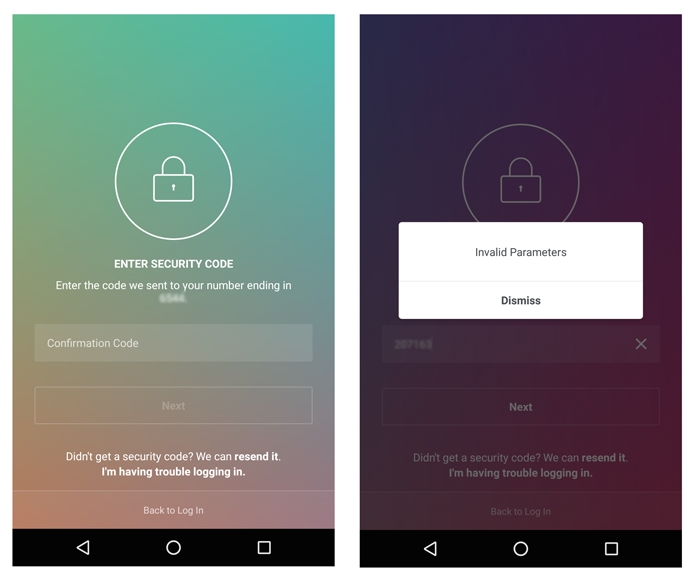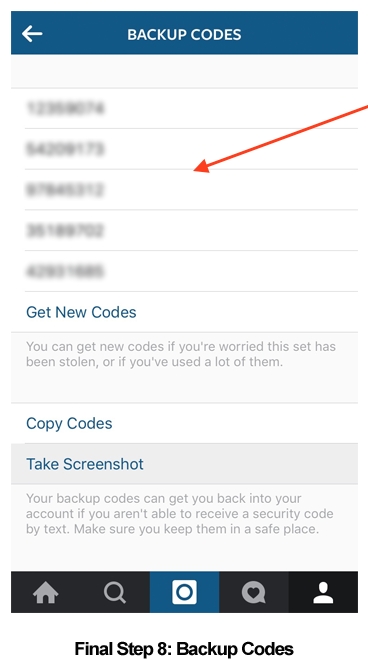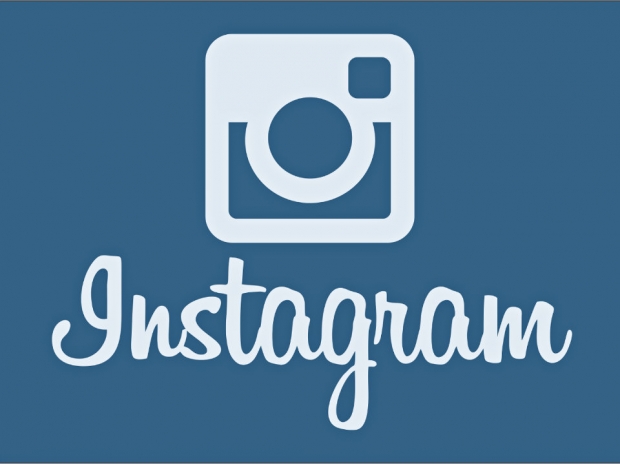The service, now at 400 million users, ranks in the top 25 websites by traffic as of January 2016 and includes many celebrities, brands and artists who are most vulnerable to having their identities stolen and spoofed by hackers. These individuals, along with many regular users, have been targeted over the years with profile vandalism, their followers spammed with phishing links, and a spread of false information or inappropriate content.
According to an early preview by Anthony Carbone, the company confirmed on Tuesday that it is beginning to roll out two-factor authentication to help mitigate some of these issues. The feature will allow users to verify a phone number and receive an authentication text message prior to logging in.
Image Credit: Wolfmillionaire.com
The extra security layer comes just over five years after Instagram launched in October 2010. For the average user, the feature might be more of a nuisance than an advantage, but for the vast majority of celebrities battling account impersonation and getting spammed multiple “password recovery” email attempts per day, the feature is worth enabling regardless of any convenience drawbacks.
Google released two-factor authentication for all Gmail accounts in February 2011, almost seven years after its widely used email service launched in April 2004. The service has 1 billion users as of February 2016. Facebook, Instagram’s parent company, followed suit and launched Login Approvals shortly in May 2011 to help improve overall account security. The world’s most popular social network has 1.59 billion active users as of January 2016. Twitter also added the extra security layer to its social media platform in May 2013, roughly seven years after it rolled out in March 2006. The service currently has 332 million active users as of January 2016.
Image Credit: Wolfmillionaire.com
Instagram will also offer users two-factor “reset codes” when the feature is activated. These codes can be screenshotted or saved in the event of a lost phone or phone number change.
The company has not officially announced its two-factor authentication feature yet, but it has already begun rolling out to some users and we can expect an official update to follow shortly.




